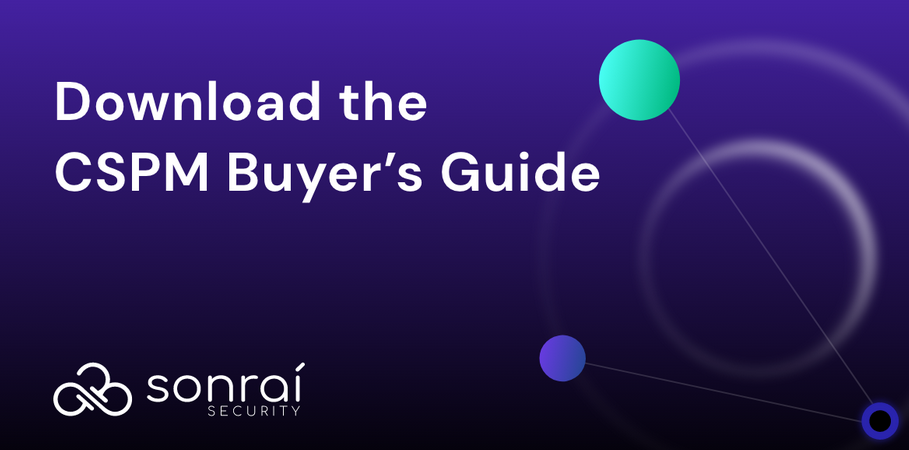Integrating a CSPM tool with other tools can introduce various data governance challenges. Data governance is essential for ensuring DQ, security, and compliance, and these challenges can impact the overall effectiveness of the integration. Let us take a look at some common data governance challenges:
- Data ownership: Determining data ownership responsibilities for data used by integrated tools can be complex, leading to ambiguities regarding who is accountable for DQ and data security.
- Data privacy and compliance: Maintaining data privacy and compliance with data protection regulations is critical. Integrating tools may expose sensitive data, increasing the risk of non-compliance and privacy breaches.
- Data access control: Coordinating and enforcing consistent data access control policies across integrated tools can be challenging, potentially leading to unauthorized access or data leakage.
- Metadata management: Creating and maintaining a comprehensive metadata management system to track data sources, definitions, lineage, and attributes across integrated tools can be resource-intensive.
- Data lineage: Ensuring data lineage is tracked accurately and consistently as data flows between integrated tools can be difficult, making it challenging to trace the origin and transformations of data.
- Data governance policies: Integrating tools may require adapting or aligning data governance policies across different systems, which can result in conflicts or gaps in policy enforcement.
- Compatibility: Ensuring compatibility between the CSPM tool and the target tool or system can be challenging. Differences in data formats, APIs, authentication mechanisms, or protocols may require additional configuration or customization for seamless integration.
- Data collection: Collecting data from various cloud services, such as virtual machines (VMs), storage accounts, databases, and containers, can be complex due to differences in data formats, access controls, and logging mechanisms across providers.
- Data synchronization: Keeping data synchronized and up to date between the CSPM tool and other tools can be a challenge. Changes or updates made in one system may need to be reflected in the integrated systems in a timely and accurate manner.
- Security and access control: Integrating multiple tools introduces potential security risks, such as exposing sensitive data or creating new attack vectors. Ensuring proper access controls, secure data transmission, and encryption measures is crucial to maintaining a secure integration environment.
- Complexity and scalability: Managing integrations between multiple tools can become complex, especially as the number of integrated systems increases.
Mitigating data governance challenges during the integration of CSPM tools with other tools involves the following best practices:
- Establish clear data ownership roles and responsibilities to ensure accountability for DQ and data security
- Implement robust data privacy and compliance measures to protect sensitive data, such as encryption, access controls, and data masking
- Create a centralized data catalog and metadata management system to document data sources, definitions, lineage, and attributes
- Implement data access controls consistently across integrated tools to prevent unauthorized access
- Maintain data lineage tracking to ensure that the path of data is clearly understood and documented
- Review and adapt data governance policies and standards to align with integrated tools while maintaining DQ and data security
- Monitor and audit data governance practices continuously, ensuring adherence to policies and standards
